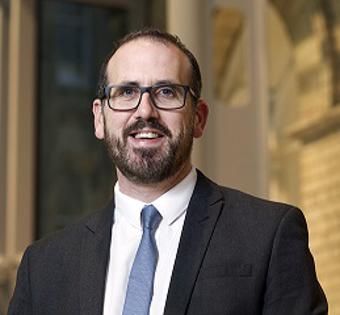Steve Roberts, partner at Richard Nelson LLP: Fifty years of Drink Drive awareness shows that behaviour won’t be changed through legislation alone
It’s that time of year again. The festive season is in full swing and so too is the Department for Transport’s (DFT) annual Christmas Drink Drive awareness campaign.
Nowadays 90 per cent of people see drink driving as unacceptable. How times have changed since that very first advert aired in 1964 warning women about the dangers of asking ‘him’ to drive home after four, six or even eight whiskies. Its message is so outdated by today’s standards that it almost makes you laugh.
Back then, ‘one for the road’ was simply the norm. In fact, the idea of not drinking because you were driving was to many a controversial subject.
Watching the DFT’s recent THINK! video montage marking fifty years of Drink Drive awareness (http://think.direct.gov.uk/video-drink-drive-50years.html) adverts though, I was struck by just how far attitudes have come in the years since, and how law makers alone can’t take all of the credit.
Drink driving first becoming a criminal offence in the UK in 1967, when the alcohol limit of 80mg per 100ml of blood that we know today was introduced.
Yet despite being written into law, it was still commonly thought of as a lesser offence for years afterwards. Attitudes were deeply entrenched and things certainly didn’t change overnight.
More than a decade later in 1979, two thirds of young men still admitted to drink driving on a weekly basis and more than 1,600 people were being killed on Britain’s roads each year in accidents in which alcohol played a part.
It took the DFT’s decision to switch to shock tactics, more often than not aimed at young men, before attitudes really began to change and the number of fatalities started to fall.
The hardest hitting adverts from the ‘Drinking and Driving Wrecks Lives’ campaign still stick in the mind years later - remember ‘Kathy can’t sleep’, ‘One more Dave’ or even the ‘In the summertime’ advert which showed how drink driving isn’t just an issue at Christmas. These campaigns helped do the trick. By 2012 the number of deaths related to drink driving had fallen to 230.
That is still 230 too many, of course, and with 9,000-plus cases of drink driving still recorded in 2013 it would be premature to claim that the job is done, but if only every new piece of legislation could have such an impact after so few amendments or alterations.
The law itself has remained largely unchanged, only the punishments have altered to include less punitive measures. Take the drink drive rehabilitation courses in the Road Safety Act 2006 for example, which gives drivers the chance to reduce bans through educational courses.
It took a change of attitudes as well as a change in the law before real progress could be seen. Ultimately it was the pressure placed on drink drivers socially, more than the illegality argument, that proved to be the best deterrent.
As Scotland now moves closer to lowering its drink drive limit next year, the debate over changing the law will surely resurface again in the rest of the UK too. Whatever the final decisions may be, the legal profession will do well to remember that in these types of matters, legislation alone is rarely enough.










